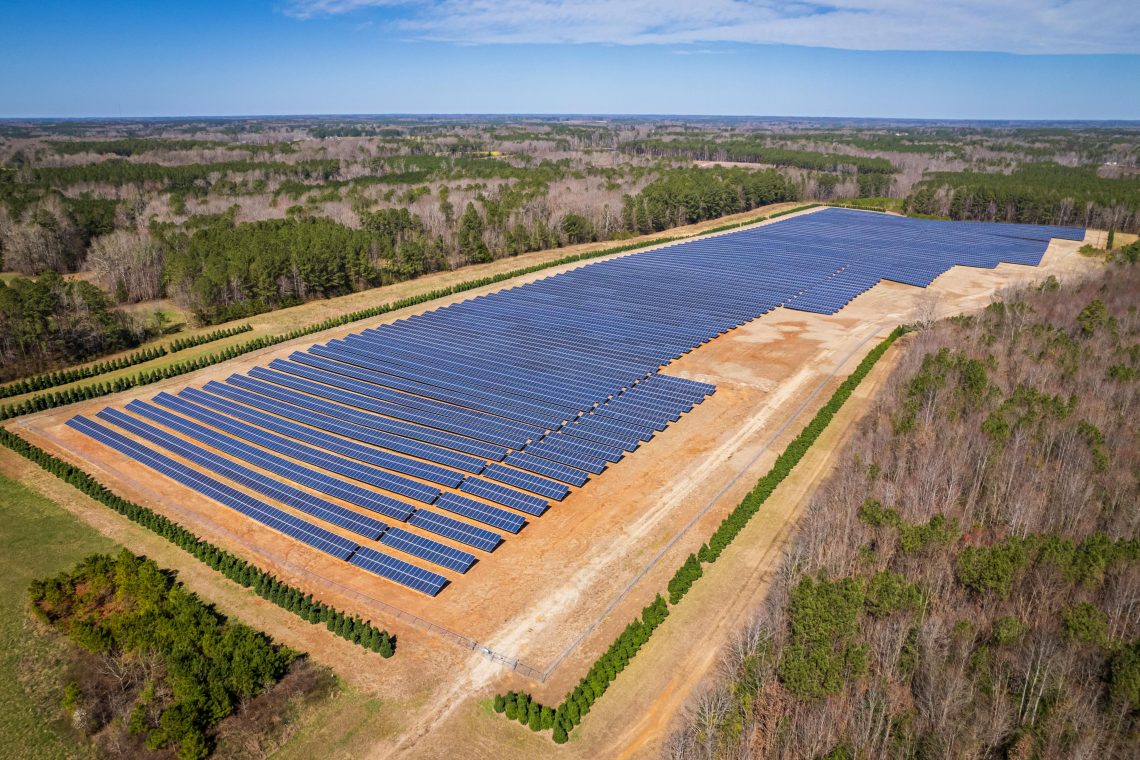As the globe turns towards sustainable energy development, renewable energy projects, such as solar farms, have become the need of the hour. This journey incorporates land acquisition, strategic management, and conceptual operation for project success. With the gradual advancement, we also face the secondary factor of risk management. So, let’s understand how you need to manage risk.
Common risk faced in renewable energy land acquisition
Here are the common risks that are faced in renewable energy land acquisition:
- Financial risk
When there are uncertainties related to high initial costs and finances due to energy prices, government policies, or project financing.
- Regulatory risk
Navigating complex regulations and land acquisition policies, which require permits from local and government bodies, can be time-consuming.
- Technological risk
Technology must be incorporated to stay ahead of the trend, and it should be seamless, advanced, and fast-paced. However, due to uncertainty, technical glitches can hinder industrial development or project assessment.
Other critical elements include resource and supply risks, natural catastrophes, liability, and health risks, which are subject to geopolitical tension, market fluctuation, and natural disasters and affect local communities and wildlife.
Strategies for risk mitigation
Risk assessment can help you identify problems that can affect land acquisition. These strategies will help you eradicate the issue and opt for strategic planning.
- Strong partnership
Stakeholders can access immense resources by collaborating with an experienced and knowledgeable land consultant near me. Also, a strong partnership is formed by creating a transparent contractual agreement granting access to specialists.
- Insurance and risk transfer
Adequate insurance coverage is required to protect against financial loss or combat unforeseen events. Performance guarantees can also be protected through a risk transfer mechanism.
- Project financing and cost management
Without proper budget management, the project can become overfocused, and the budget can become overfilled. Strategy optimization, along with managing costs, is required. This improves the project’s viability and increases the chances of expected returns.
- Integrating technology
With technological advancement, various software or innovative solutions can be implemented, enhancing the efficiency and outcome of the project. AI technology can also be used to understand the project gap and future aspects.
- Engaging community and stakeholder
When it comes to project transparency, building positive relations and open communication is essential. Building engagement with the local communities and stakeholders can provide support and eliminate the chances of opposing the project.
- Monitoring and evaluation
Monitoring and assessment at every step are necessary for a project to grow. They help understand the performance gap, create new opportunities, and identify the sectors that need proper evaluation. With continuous improvement, a project can become an advantageous investment.
Summing it up
Regarding the renewable energy sector, there are different facets that one needs to approach. It requires a combination of financial and farsightedness, along with technology compliance and community engagement. The entire process involves crucial land data handling and staying informed. Thus, effective risk management is necessary to complete the project successfully. Without thorough knowledge and professionals, it is never possible. Inthequeuellc.com has been supporting this border transition to experience maximum returns.
Read more lifestyle articles at ClichéMag.com
Images provided by Deposit Photos, BingAI, Adobe Stock, Unsplash, Pexels, Pixabay & Creative Commons





